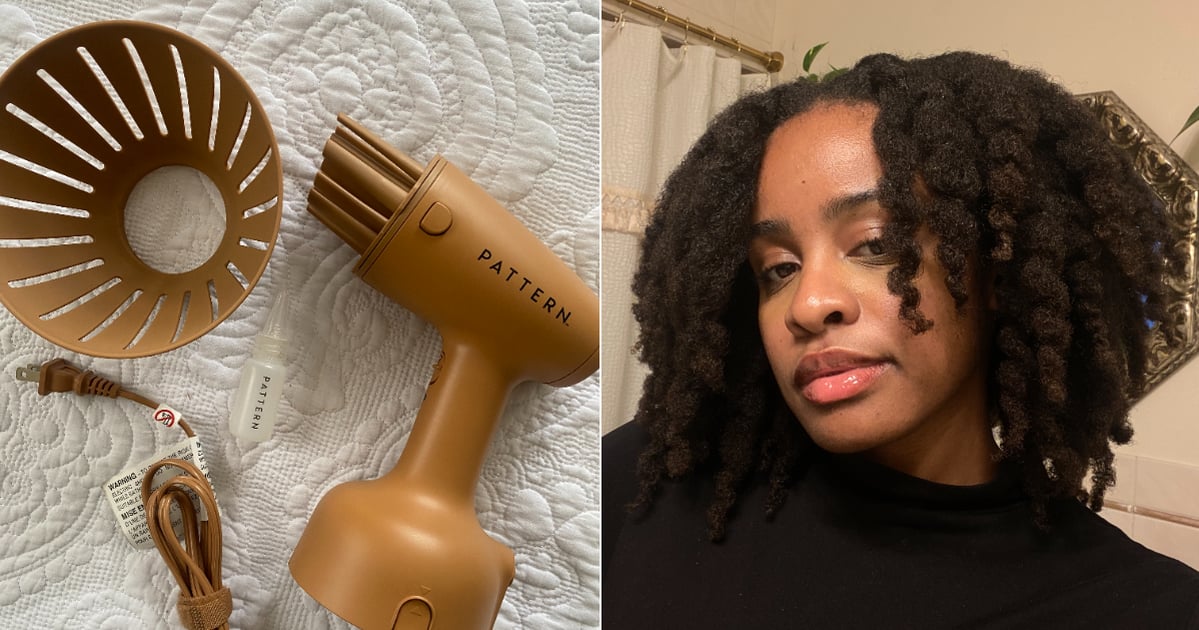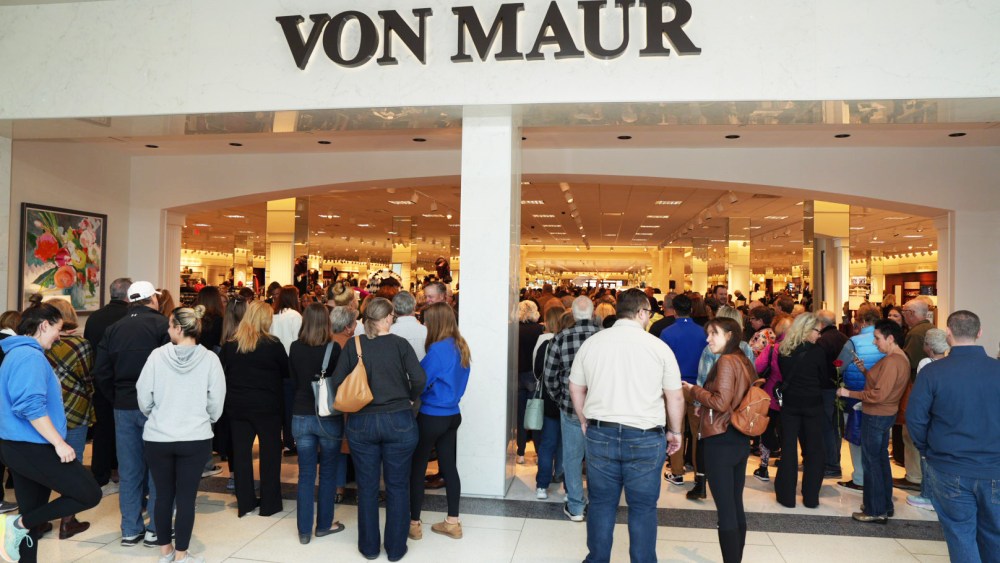The scorching heat persists. Hurricanes are increasingly violent. Wildfires are spreading, and rain, flood, wind and air quality advisories are near routine.
For retailers, the bottom line is that extreme weather conditions weigh heavy on traffic patterns.
At worst, lives and businesses are destroyed. While the weather has long been a scapegoat for poor retail performance, this summer the impact of widespread intense heat and the effects of climate change seem truly tangible and are bound to be reflected in upcoming financial reports.
Scientists predict that extreme weather conditions are here to stay, and retailers are going to need to learn to adjust and react faster to quickly evolving conditions, providing the kind of experiences and amenities that consumers need to continue visiting their stores, and that provide some relief from Mother Nature’s wrath.
Already, retailers have become agile when it comes to inventories and costs, and can make decisions faster after reducing layers of management and adapting new sourcing procedures, much of which are a byproduct of navigating the pandemic. But industry experts believe the extreme and erratic weather is something retailers will have to learn how to factor into the agenda.
“This year has changed my perspective on the impact of weather on retail — weather has absolutely played a role at retail. When 50 percent of the country is in a heat wave for a week and longer in some areas it can impact spending up to 10 percent on average,” said Marshal Cohen, chief retail advisor, Circana.
Weather can impact the timing of purchases, Cohen said, as well as priorities. “Spending on air conditioners will push back spending on wardrobes. As this trend continues, the big question will be whether the winter months create the same level of impact.”
Extreme weather can also make it “tougher to plan long term,” said William Taubman, president and chief operating officer of Taubman Centers. “Retailers will have to be more flexible and manage closer to the moment. There will be times when they will need to change strategy on a dime. Fortunately, technology can help them, and while it is more complicated to execute quickly in a large multidepartment store, it can and will be done.”
“In terms of merchandising, retailers are also going to have to be flexible. Execution is increasingly about the chase,” Taubman added. “While the initial buy is of course still important, replenishment is consuming far more of the retailers’ dollars. The key is being quick to ascertain what is hot, and adding or cutting off orders very quickly. It does cost more when you are ordering in smaller runs and usually you have to air-express the goods, but the margins usually justify the additional cost because you know that what you are buying is selling well.”

Retailers need to be ready when major weather occurrences hit, said Evan Gold, vice president of global partnerships and alliances at Planalytics, which consults retailers on managing through the weather. “Consumers today expect that retailers will be in stock on the items they want, when they want to purchase it. When extreme weather hits, and often when it is forecasted to occur, it is critical that retailers are prepared. This begins with the planning process and continues through to buying, allocating and replenishing inventory at a local level to meet this demand,” Gold said.
On Monday, a wide swathe of the country, from Tennessee and Kentucky to the Northeast, were at risk for tornadoes, hail and damaging winds potentially affecting more than 100 million people. In the South and Pacific Northwest, more than 90 million were under heat alerts, with heat indexes in the South from 105 to 117 degrees, and Louisiana under an excessive heat warning.
More than 7,800 heat records were broken in the U.S. over the past 30 days, the National Oceanic and Atmosphere Administration reported Monday. And according to the Farmer’s Almanac, on average, August temperatures will be hotter than usual from the Atlantic Coast westward to the foothills of the Rockies and across central and southern California and all of Alaska.
“I don’t know if you can call extreme weather extreme anymore. It’s like a new normal,” said Don Ghermezian, the president and chief executive officer of American Dream, the mega entertainment and retail complex in East Rutherford, New Jersey. “It seems like every day you are reading about something happening somewhere.”
With extreme weather possibly permanent, retailers and developers must consider making changes to adapt. But according to Ghermezian, “It’s not at a point where retailers are looking at changing out the timing of seasonal deliveries. Are they starting spring and summer campaigns sooner and extending them later? I don’t think we are seeing that sort of change yet.”
“Retailing is really tricky,” observed Diane Wehrle, marketing and insights director at Springboard, which tracks the movement of people on streets and through stores and malls using technology affixed to buildings, lamp posts and other structures. “While most retailers are aware of the weather change, with the larger store networks the buying is still quite rigid, and changing the dates of having inventory come into the stores is quite difficult. Retailers have to be nimble enough to do this.”
“Zara is one retailer that is able to get in stock fast and tailor the deliveries to its stores,” Wehrle added. “Stores with bigger footprints, like department stores, are less nimble, and many higher fashion retailers are looking at one or two seasons ahead because they want to tempt people,” with pre-season deliveries.
The Vitamin Shoppe has seen success from promoting relevant products during extra-hot weather, especially its $1 deals on ready-to-go hydration, energy and protein drinks. “These deals are driving significant traffic into our stores…Part of the enthusiasm for these deals may be due to the extended heat waves blanketing parts of the U.S., as our customers look for ways to stay cool, hydrated, and energized during these extreme weather patterns,” said Muriel Gonzalez, president, in an email exchange.
“This summer, air quality has been a notable topic in many regions of the U.S. due to significant wildfire smoke. In response, The Vitamin Shoppe provided relevant information about supplements that can support overall lung health, such as NAC, mullein and probiotics, with special content messaged out on our blog, social media channels, email, and SMS,” or texting, Gonzalez added.
In January this year, the retailer also changed its dress code so that its retail associates, called “health enthusiasts,” can wear shorts from April to November, though while that makes going to work more comfortable on hot days, the decision, said a spokesman for the retailer, “wasn’t directly related to the recent heat waves. It was meant to allow for a more inclusive culture that recognizes the needs of our store associates.”
Winmark, which has hundreds of stores under nameplates such as Plato’s Closet, Style Encore and Once Upon a Child where people buy and sell used clothing supporting the circular economy, weather impacts the inventory mix at the stores, said Winmark chairman and CEO Brett Heffes.
“If people are shifting to more spring/summer clothing we tend to get more of that in our stores through our selling customers,” Heffes said.
With the return to office and tourism back on the rise, pedestrian traffic has been gaining momentum downtown in America’s big cities since last year. But it’s slowing lately, according to Springboard, which monitored pedestrian traffic in 12 U.S. cities including New York, Chicago, Boston, Philadelphia, Washington D.C., San Francisco and Los Angeles. Hotter weather and thunderstorms in July led to the smallest month-over-month rise — just 1.8 percent — in downtown pedestrian traffic of any month this year. From May to June, there was a 2 percent pickup in downtown pedestrian traffic.
Specifically on weekends during July, downtown traffic in the cities monitored saw a month-over-month pedestrian traffic drop of 4.1 percent, which is significant for retailers considering weekend days generate more sales than weekdays. Compared to a year ago, weekend downtown traffic during July declined 3.6 percent, though the month overall posted a smaller increase than in years past.
According to Placer.ai, which monitors foot traffic at stores and malls, in the second quarter this year compared to the same period in 2022, Macy’s traffic declined 18.7 percent and Target was off 2.8 percent. Walmart was down 2.9 percent, Gap was down 2.6 percent, and Old Navy was down 5.5 percent, while T.J. Maxx rose 12.4 percent and Lululemon was up 23 percent. However, it’s not clear to what extent those declines or inclines could be attributed to the weather.

“We moan about the weather all the time. Retailers need something to moan about so it’s usually the weather,” said one former CEO. “When there is a big blizzard your stores are closed for a few days; some of the business comes back, but a large part doesn’t. If you are in Phoenix and you got 30 straight days when it’s 100 degrees or higher, that will have some impact. People aren’t eating outdoors.” And many are staying indoors at home.
In the South and the West, a higher percentage of shopping centers are open-air. In extreme heat, they get smaller crowds as people opt for enclosed air-conditioned centers or shopping online. As one real estate executive said: “For the open air centers, it’s been tough. If there is enough shade that’s been OK in the past, but it’s no longer just about providing shade. You need to have misters and other elements to keep people cool. There’s no doubt there’s been a decrease in open-air traffic. Nobody is walking outside in Las Vegas or Arizona,” when temperatures hover around 100 degrees and humidity puts the heat index above 110.
Stephen Yalof, president and CEO of Tanger Outlets which operates open-air centers, had a different perspective, noting that the stores themselves are air-conditioned, and in the warmer geographies where Tanger operates outlet centers, many of which are in resort communities, customers in those regions are used to the heat. “The customer understands the climate. We also have plenty of shaded structures outside and covered terraces for a lot of our eating establishments.”
Extreme weather, while generally disruptive, can be beneficial to certain retailers. Harsher winters fuel sales of outerwear brands like Canada Goose and Moncler. In extreme heat, retailers like Lands’ End could benefit from longstanding emphasis on swimwear. With severe snowstorms and hurricanes, grocery and home stores like Walmart, Publix, Home Depot and Lowe’s benefit as consumers stock up on food, water, batteries and other supplies in advance of the weather event, and afterward on home repair materials and other immediate needs.

Ghermezian acknowledged that in planning American Dream, “We had questions about whether operating an indoor water park makes sense in the summer because people could be swimming outdoors at the beach, in a lake or in an outdoor pool. But it’s been entirely too hot to be outdoors, and that’s been a huge part of the reason why business here has been so good. When it’s 95 degrees and humid, people are not looking to get away and travel. They can’t go to Europe or out West or to Miami. It’s too hot to even go outside to the pool. I can’t say we expected the weather to be such a factor, but it’s certainly been a huge bonus. We were expecting 20 to 25 percent increase in traffic versus last summer, but we are seeing days where there are 200 percent increases.”
The weather has encouraged swimming in American Dream’s water park, with its 1.5-acre wave pool. All of American Dream’s entertainment attractions, even the Big Snow ski slope, are open year-round. American Dream, as well as the Mall of America in Bloomington, Minnesota, and West Edmonton Mall in Canada, is owned by the Ghermezian family’s Triple Five Worldwide Group conglomerate.
“Generally you wouldn’t find this but in July and August (combined) we do almost the same volume as December. That is unique to American Dream. There was a time when people in the city or in New Jersey may have had a vague idea of what American Dream was all about. Now you are hard-pressed to find somebody who does not know,” Ghermezian said. “Of course, if weather advisories are issued for incoming hurricanes or tornadoes or flooding, we suffer. People are not coming in. We are cautious and we take precautions.”
At the Mall of America, a typical summer day draws about 60,000 customers. If the temperature is north of 90 degrees, it jumps to 130,000 to 140,000, according to Ghermezian. “We’re not there yet at American Dream,” he said, referring to visitor counts.
“In Canada, the wildfires made going outside harmful, but West Edmonton Mall did draw crowds being an indoor center,” Ghermezian contended.
“Though weather-to-blame has long been the crutch to explain away poor results, going forward these conditions are a solid leg to stand on in considering future planning,” observed Leslie J. Ghize, executive vice president of the Doneger Group and its Tobe consumer analysis, trends and research division. “Extreme weather/natural disasters, and how to prepare for and handle them, are on people’s minds. Customers are looking for utility plus style in their everyday clothing, and these characteristics call for functionality and a “gorpcore”-esque aesthetic. The buy now, wear now discussion is arguably worn out, but still not fully realized, and this concept may be the simplest answer to the planning question climate change raises…We’ve seen a move toward personal cooling and climate control efforts, whether it is the handheld fan, the portable neck fans, cooling neck wraps, or Sijo bed sheets that maintain peak sleeping temperature. This seems like a growing category,” noted Ghize.
As advisers to retail and fashion companies, the Doneger Group suggests a number of merchandising maneuvers to respond to how global warming and extreme temperatures are impacting shopping, including focusing on earth-friendly products that don’t deplete natural resources; closet staples, layering pieces and classic styles that can be worn in different ways for different occasions; season-less fabrics that can be worn in warmer or cooler months, and clothes that are easy to care for and packable for traveling to destinations where the climate may be different. Doneger also advises considering:
- The vulnerability to weather, warm or cold, calls for coverage with items like Hunter’s transparent plastic raincoat, which is waterproof and provides extra ventilation.
- Products that do double duty so that they can be called into action under different circumstances, like Marfa Stance’s build-your-own jacket.
- Shifting and extending deliveries and presenting products smartly for the weather forecast planning and pacing swimwear geared to the new cadence of shopping and travel.
- Neutral color palettes and season-less materials should dominate the mix.
- Products that solve problems for people, like Prose Hair, which customizes hair care to the customer’s location and environment, or pollution-fighting skin care.
- Offering SPF, insect repellent fabrics, water-resistant garments and other items with features that help make outdoor activities more comfortable and protective.
Global warming is impacting sports and entertainment venues and consequently the stores and restaurants they house. “The rising temperatures around the globe are causing havoc for ski resorts, with those located lower down in mountainous regions seeing shrinking seasons, and in some cases, even being forced to close,” Gary Clark, academy director at Basecamp, a travel company specializing in gap year adventures and ski instructor courses, wrote in a report issued this week on using artificial snow for ski resorts. “We have shown that artificial snow can keep ski resorts open and satisfy skiers and thrill-seekers in the short term, but the environmental concerns cast doubt over whether it can be a viable alternative in the long run. The amount of water used in the process is vast, and seems relatively unsustainable, and even irresponsible, as we all strive to do more for the planet.”
Six Flags cited extreme heat and heavy rain for lower attendance at its amusement parks, hurting its bottom line. The Texas-based company reported losing an estimated 400,000 customers in the three month-period ended July 2 due to record heat in the South and Southwest and downpours in the Northeast. “We don’t expect to make up our weather related losses,” chief executive Selim Bassoul said on a recent earnings call.
“Many people will look to go to malls and indoor destinations such as movie theaters as a way to beat the heat. In other cases, people will look to shop from the comfort of home,” via the internet, said Gold at Planalytics.
“In extreme weather conditions, consumers buy to need. In extreme heat, this means consumables such as cold drinks and often sports drinks, ice coffee, as well as sun care, ice cream, and bagged ice. Other need-based categories include air conditioners, fans, car batteries, shorts, swimwear and sandals.
“Demand spikes on the days ahead of a heat wave when traditional and social media raise awareness,” Gold added. “Generally this drives need based purchasing and often to the detriment of discretionary purchasing. Need-based items tend to experience 20 to 50 percent demand increases in the two days prior to an extreme weather event. On the back side of an event — a hurricane, snowstorm, tornado — attention can remain away from discretionary as DIY chains pick up traffic for repair and clean-up needs.”




